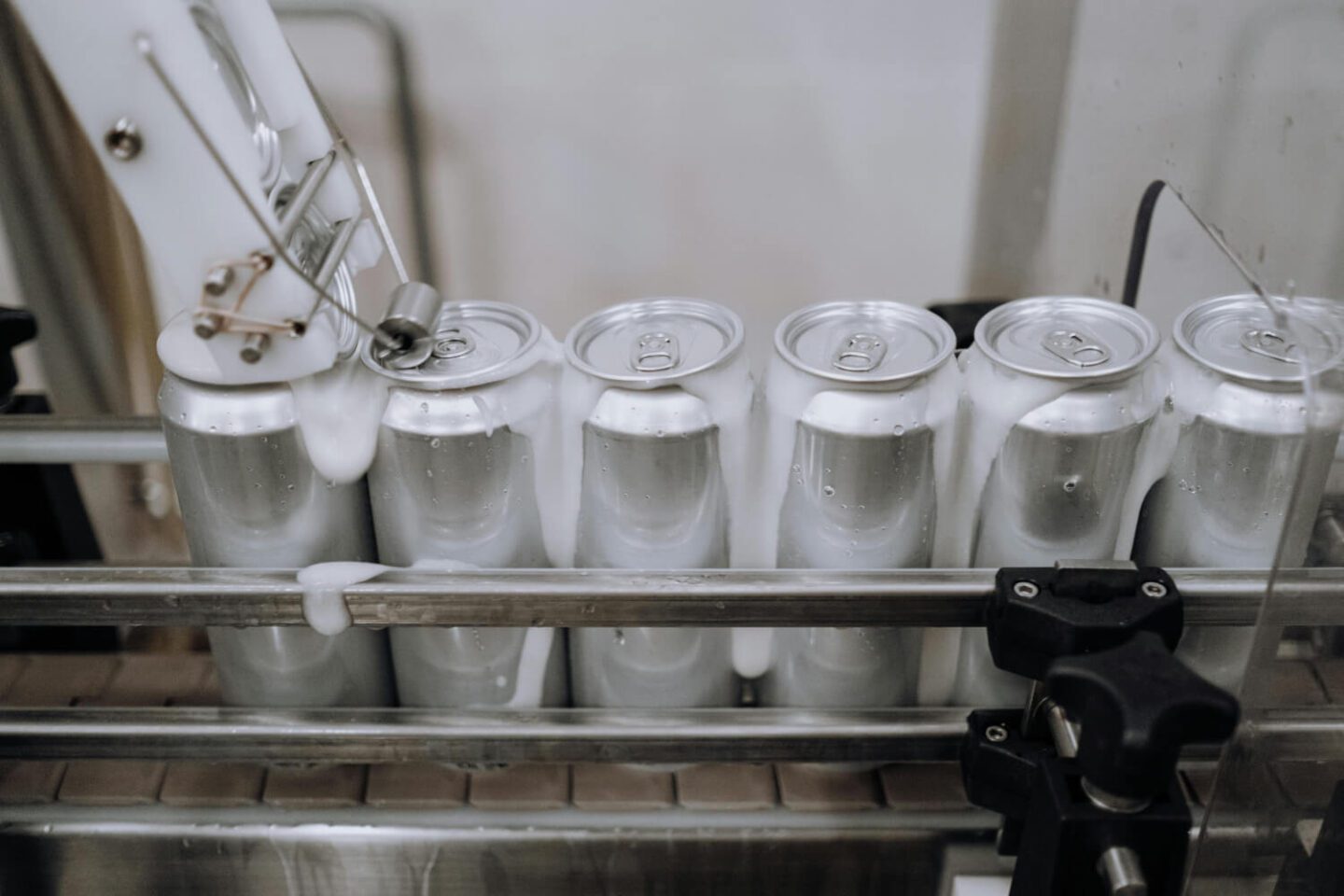Research reveals that manufacturers worldwide lose millions of pounds to product damage annually. Considering that it is one of the major factors that can affect your small business’s profitability, it is crucial to take steps to reduce or eliminate damage during production. The cost of replacing a damaged good can also be higher than the original expense. Therefore, if you want to decrease your losses and boost your manufacturing profitability, below are four tips to mitigate this problem.

Automation can be your best approach for keeping your goods in tip-top shape. Those automating tools are super reliable, making sure everything runs smoothly and accurately. Manufacturing equipment that comes with sensor cells and vision systems is also useful for spotting any dings or dents before they become a significant problem. Unsurprisingly, 2023 data reveal that many UK manufacturers are embracing automation solutions to produce high-quality products for the market.
When it comes to production businesses, there’s a whole bunch of equipment out there that does pretty much the same thing. However, not all machines are created equal; different tools suit various needs, depending on the nature of your business. For instance, if you’re in the manufacturing industry, specialised roll pallets for manufacturing firms will be useful as they’re built to keep your goods safe and sound while you’re moving them around. While using your equipment, avoid pushing it past its limit, as that could have negative consequences. Your staff must know what they’re doing and which machine to use. Ultimately, ensure the equipment is tough enough to handle the job and your goods stay intact.
Most damages that happen in production come down to workers not quite knowing the ropes. And with new machines and upgrades emerging almost every day, it’s easy for your workers to feel overwhelmed. Although someone may be operating the machines, they may not know all the ins and outs but might feel uncomfortable asking for help. So, it’s best to train your workers, explain the gear inside out, and keep them updated on any new information. This way, you steer clear of slip-ups.
Your products and procedures change with time. For instance, your production needs may vary, your equipment may wear out, and your strategies may need fine-tuning. One of the most effective ways to handle this is to frequently inspect your products and processes. Similar to training, frequent inspection is key for keeping things fresh around your facility. Inspection can reveal whether workers apply their new knowledge or training and whether your methods need revamping. Regularly inspecting every detail can feel tedious, but they are worth their value in gold. You can make this a team activity where everybody can inspect and advise. Likewise, it would be best if you create an environment where workers feel comfortable to lodge their complaints about your equipment and processes.
With the above tips, you’ll successfully reduce product damage during production and position your business for growth and excellence.
This is a collaborative post.